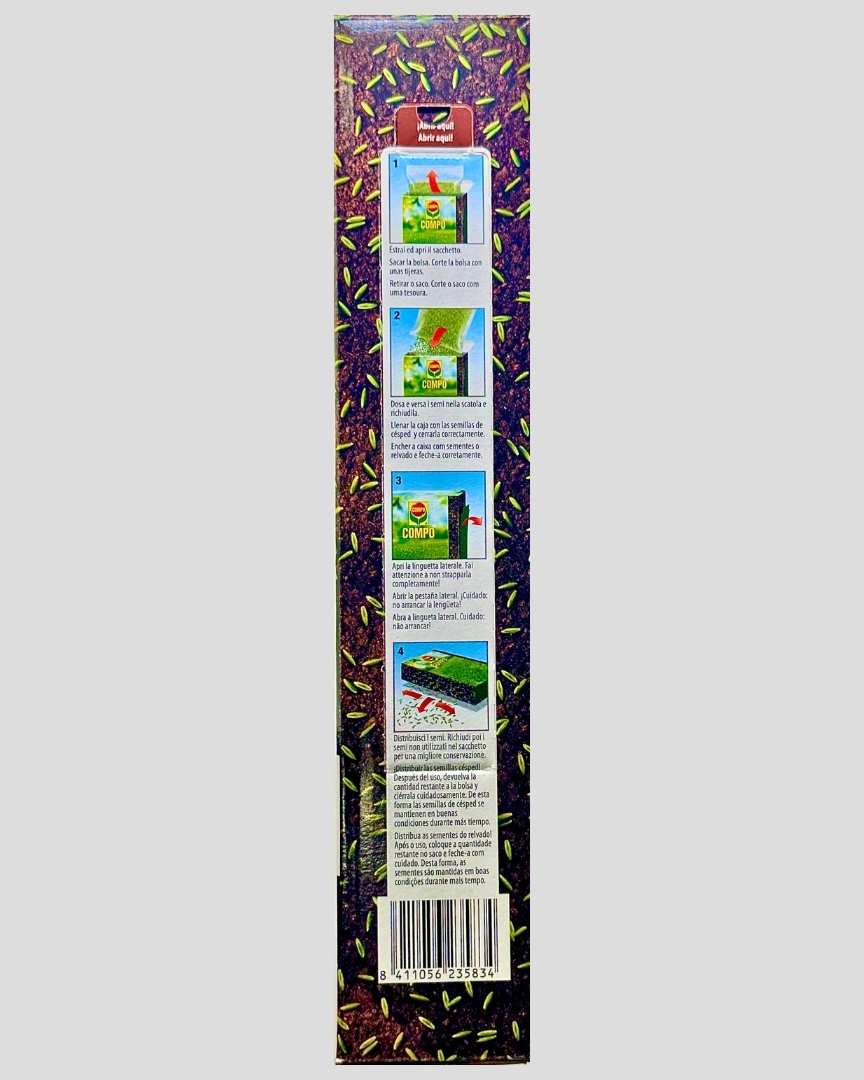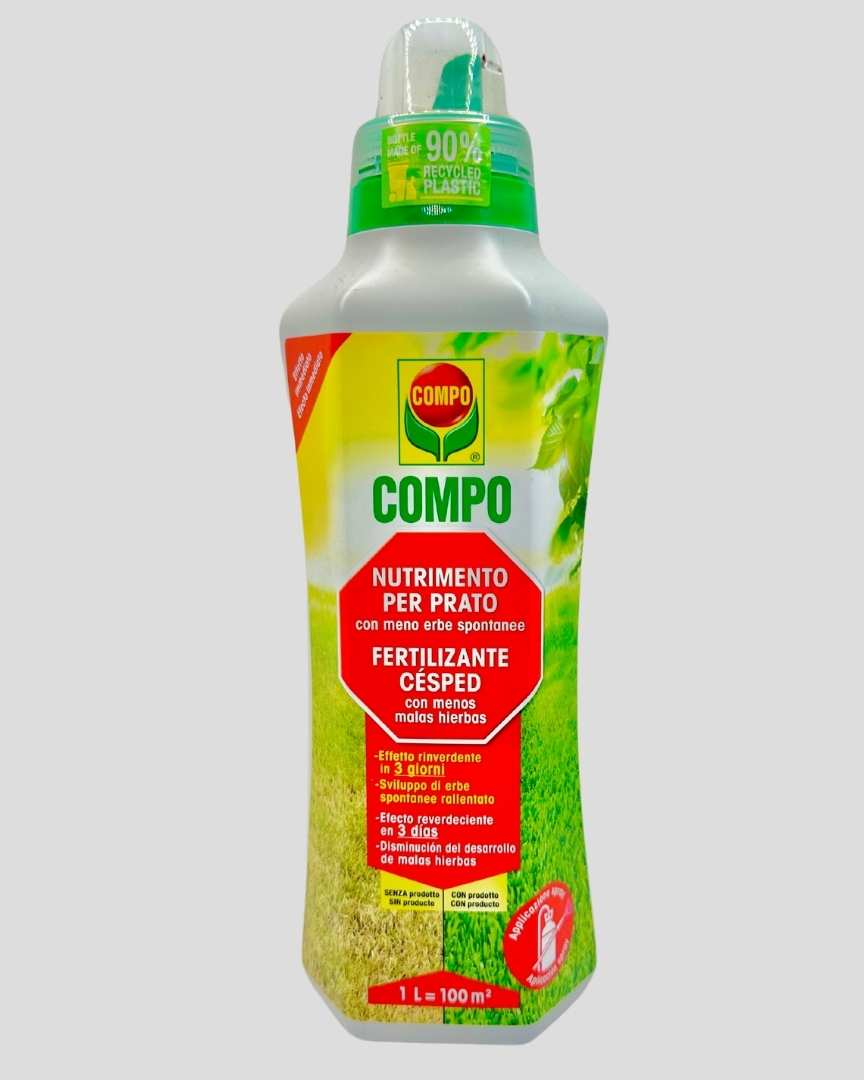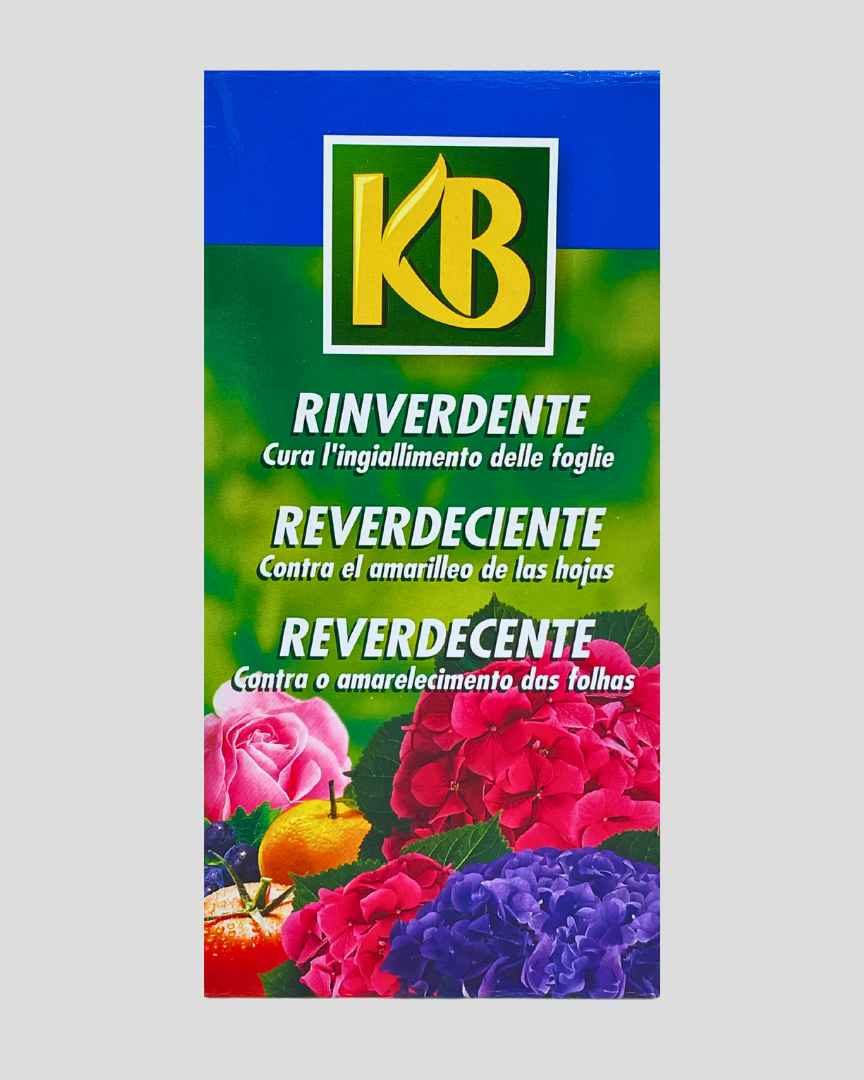1 Soil Test:
Before starting fertilization, do a soil test. This will help determine soil pH and your grass's specific nutrient needs.
2 Fertilizer Choice
Based on the soil test results, choose a fertilizer that suits your lawn's needs. Generally, you can choose a fertilizer with a balanced formula (such as 10-10-10) for general use.
3 Fertilization Season:
Lawn fertilization is generally done in spring and fall. Avoid fertilizing during the summer months when heat can harm your grass.
4 Dose and Application:
Follow the manufacturer's instructions regarding fertilizer dosage. Use a fertilizer spreader to ensure even application. Avoid overloading the grass with excess fertilizer, which can cause burns.
5 Watering after application:
After applying the fertilizer, water the lawn generously. This helps dissolve and distribute nutrients in the soil and prevent fertilizer burn.
6 Proper Maintenance:
Maintain a regular mowing routine, maintaining the appropriate grass height for the type of grass you have. This helps with nutrient absorption. It is also important to aerate your lawn to improve the penetration of water and nutrients into the soil.
7 Monitoring:
Observe the health of the grass after fertilizing. If the color of your grass begins to fade or you notice a lack of growth, you may need to apply additional fertilizer. However, avoid over-fertilizing as this can harm the grass
8 Seasonal Fertilization:
Consider the seasonal needs of your grass. In autumn, a fertilizer high in potassium can be beneficial to strengthen roots before winter.





















































